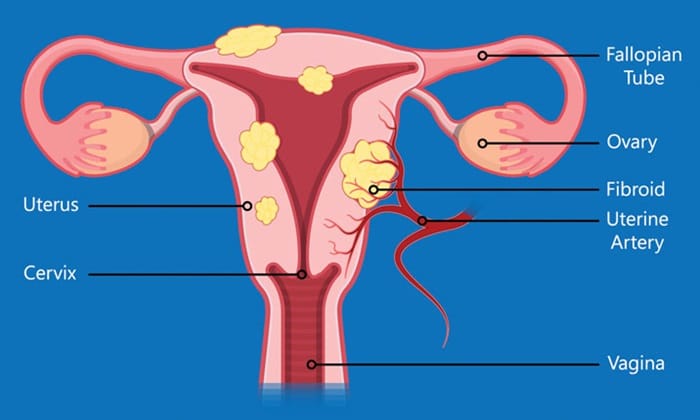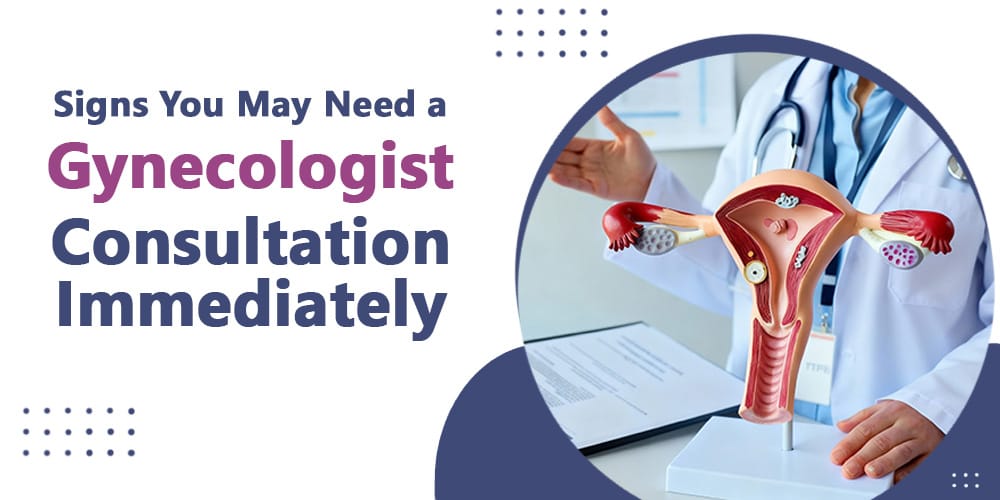Are you suffering from subserous fibroids? It can get extremely uncomfortable and painful. Moreover, it will also hamper your daily quality of life. This can be stressful, but the good thing is you now have the option of recovery- laparoscopic myomectomy.
As an expert, Laparoscopic surgeon in Jaipur, Dr Pankhuri Gautam can conduct laparoscopic myomectomy to help remove fibroids. We recommend you undergo a laparoscopic myomectomy because the recovery rate is faster, and you may experience less pain.
Over the years, we have helped several women and made it easier for them to recover from their fibroids. You can schedule a consultation, and we will guide you on how to recover.
Types of Myomectomy Surgery
Apart from the laparoscopic myomectomy surgery, some of the other notable ones include the following:
Abdominal Myomectomy
Abdominal Myomectomy is an open surgery which is usually performed when cancer is suspected or for the removal of fibroids. The uterine fibroids are removed from the uterine wall and are later sewn back together. Women typically have to undergo abdominal myomectomy, and recovery would take around 6 to 8 weeks.
Hysteroscopic Myomectomy
The hysteroscopic myomectomy is mainly used to remove submucous fibroids from the uterine cavity. Women who have submucosal fibroids are eligible to undergo hysteroscopic myomectomy. Recovery can take several hours, and patients are advised to stay in the hospital during this period.
Tips to Managing Discomfort and Pain for Laparoscopic Myomectomy
Laparoscopic myomectomy can sometimes feel uncomfortable and painful, especially during the post-recovery period. You must monitor the condition to avoid potential issues. Thus, our doctors recommend certain tips to help you overcome the pain and discomfort.
A few of the tips which can help you manage your discomfort and pain are as follows:
- Gentle movement and walking: During recovery, it is strictly advised not to go for a jog or running. Thus, you must be gentle while walking or moving. If you are not careful enough, it will open the wounds, thereby delaying healing. Moreover, aggressive movements and walking can also lead to extreme pain and discomfort.
- Avoiding strenuous activities: Since you have recently undergone surgery, the wounds would be fresh. Indulging in any strenuous activity will eventually lead to wound opening up, causing pain. As a result, expert doctors have often advised staying away from strenuous activity as much as possible, especially post-surgery and during recovery.
- Breathing exercises: It may be hard to comprehend for many, but breathing can sometimes be uncomfortable and painful after surgery. Therefore, it is advisable to indulge in breathing exercises like diaphragmatic breathing. Our doctors can advise you on which breathing exercises can fit your needs.
- Simple stretching routines: Because you are recovering, wouldn’t it be good to indulge in stretching? Simple stretching exercises can bring movement to your body, which will help open up and potentially lead to faster recovery.
Tips for Nutrition and Hydration for Laparoscopic Myomectomy
After undergoing laparoscopic myomectomy for fibroid removal, you must follow proper nutrition and hydration. This would play an important role in recovery and replenish the lost nutrients, promoting overall recovery. Here are some healthy tips you need to follow to keep up with nutrition and hydration for laparoscopic myomectomy:
- Foods rich in iron for recovery from blood loss: You’ll likely be prone to blood loss after the surgery. Thus, it is important to include iron-rich foods in your diet, such as tofu, poultry, fish, beans, lentils and fortified cereals. The iron-rich food helps to recover from potential blood loss you may have experienced.
- Hydration for overall well-being and wound healing: Make sure to drink sufficient water after the surgery, preferably eight glasses. You may adjust the water consumption as per your needs to improve overall body function.
- Incorporating fibre-rich foods: Apart from iron-rich foods, you should also include fibre-rich foods like fruits, vegetables and whole grains. These fibre-rich foods will help in promoting digestive health and avoid the risk of constipation.
- Staying hydrated to ease bowel movements: Avoid gas-producing foods as they can cause discomfort. Staying hydrated and consuming the right foods can help maintain soft tools while promoting easy bowel movements. Furthermore, you should consume hydrating foods such as cucumber or watermelon to maintain regularity of bowel movements.
Follow-up Appointments and Monitoring
You must schedule follow-up appointments every month with our doctor post-surgery. This is to ensure that there are no potential challenges that you’re experiencing. During your follow-up appointments, our doctors will look into you to monitor your healing process.
If you have experienced discomfort, such as improper sitting posture, gas-related issues, abnormal blood loss or constipation, highlight those during the follow-up appointments. Our professionals will, therefore, check on it and help you understand how to avoid it or what can be done to prevent it further.
Your surgery should never hinder your daily life, which is why you must return to it usually. You can do it normally, whether it is about going to work or working out. However, when you’re going for a workout in the initial stages, you should practise exercises to help with recovery. Our doctors will prescribe a few exercises, so you must follow only to avoid the risk of infertility.
Potential Challenges and When to Seek Help
After your surgery, you are likely to experience discomfort or complications. As soon as you start noticing the first signs of it, you need to make sure that you reach out to your doctor. Some of the potential challenges that you’re likely to face include:
- Unusual pain or swelling: If you experience any swelling or pain around your operated area, you need to visit a doctor. This unusual pain is a sign of something negative that may happen.
- Fever or infection: A lot of people have also complained about fever and symptoms of infection after the surgery. The fever will be recurring and may not go away after taking medicines. If the fever is consistent with infection like redness, rashes or swelling in the operated area, seek medical attention as soon as possible.
You need to consult your doctor if you’re experiencing any other concerns. This is to prevent any further medical damage. Seeking medical attention soon would play an important role in preventing the infection from spreading.
Conclusion
Laparoscopic myomectomy does not always have to be uncomfortable, especially when professionals take care of it. With years of experience, Dr Pankhuri Gautam brings the best solutions in India to help you recover from fibroids easily. Our aim is to help you lead a healthy and happy life, and our doctors will do it with complete ease for you. Want to know more about it? Let’s discuss. We’re here for you!






